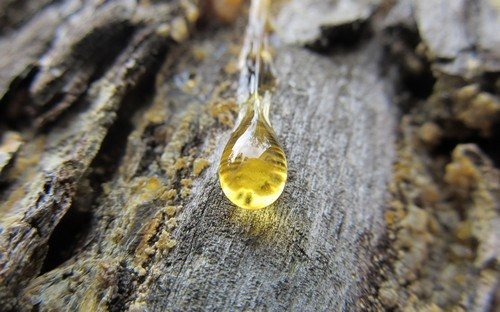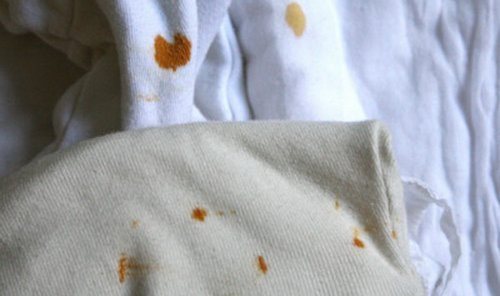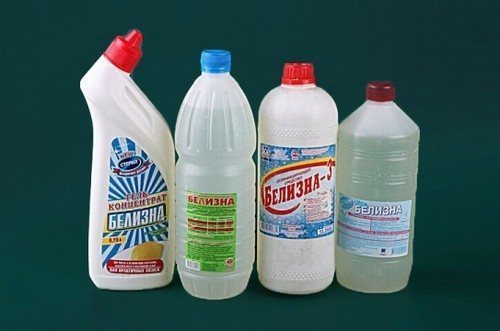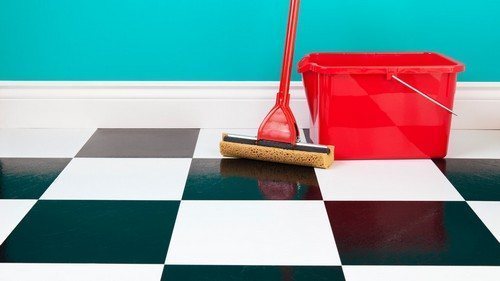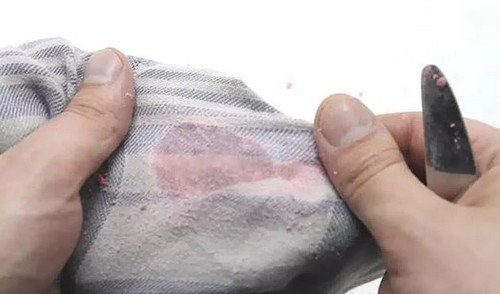Today, working with a felt-tip pen or marker is widespread. They have bright, catchy shades, are easy to use, and have a huge range of applications. Along with the positive aspects, there is a certain disadvantage - persistent stains that appear on the user’s things.
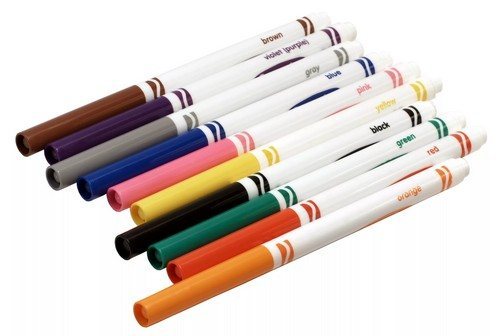
Thanks to the development of the chemical industry, there are many methods for removing any contaminants. Stores offer everything for this: sprays, pencils, liquids, etc. However, they are not cheap, and they may not be affordable for the average buyer. What is also important is that for complete cleansing you will need to repeat the process several times. There are alternative home cleaning methods developed by craftsmen and tested from their own experience.
Adviсe
Some tips that you can follow to get what you want:
- It is advisable to clean according to fresh traces. If the paint has penetrated deeply, it will be impossible to remove it;
- Before using any aggressive substance, be sure to test it on identical material or an inconspicuous place. After checking, the color and structure of the material should remain the same;
- remove contamination only from the back side of the material;
- start processing with a less strong substance;
- It is not recommended to use dry abrasive mixtures, they can scratch the surface;
- follow the rule for choosing a means for removing marks so that the specified substance does not disturb the structure of the fabric or allow the paint to be absorbed inside;
- To avoid streaks, it is necessary to treat the affected areas from the edge to the middle.
Determining the type of felt-tip pen
This is a determining parameter, since the method of solving the problem is chosen taking into account the coloring matter.
There are the following types of markers:
- water-based, fat-free:
- paint and varnish;
- chalk;
- with an alcohol base;
- classic (fat).
Let's consider options for dealing with each type.

Chalk or water based.
Painless removal of this type of contamination using the following methods:
- The fabric is placed in water, it should be completely wet. The dishwashing detergent is rubbed in thickly and then left to sit for a while. Then the item must be washed and rinsed thoroughly several times.
- Soak the contaminated area, let it stand for a while, and rub with washing soap. Leave for 1 hour, then rinse. If the procedure does not produce results, repeat everything, adding oxygen bleach to the water.
- Mix soda and ammonia in one container in a ratio of one to two. Apply the composition, wait 5 minutes, then rub with a toothbrush. The entire contaminated area must be covered. Next, rinse the items well with plenty of water.
- Mix washing powder or laundry soap in a small container with cold water. Add ammonia to the resulting mixture and apply the liquid to the area to be cleaned using a sponge. Leave for 15 minutes, then wash.
- It refers to cleaning white items. The trace around the entire perimeter is filled with hydrogen peroxide, it should stand for a while, then rinse. There will be no trace of dirt left.
It can be noted that all these methods are effective only for fresh contaminants. If they are old, they are absorbed into the fibers of clothing and any methods will be useless.
Classic (bold).
A simple way to remove this type of marker is with vegetable oil. They need to generously wipe the contaminated surface and leave it there for an hour to an hour and a half. Afterwards it is necessary to treat with a degreaser; dishwashing gel is quite suitable for these purposes. After treatment, wash as usual.
Alcoholic.
It is not difficult to remove such contamination using alcohol and cotton wool. It is necessary to moisten a cotton swab in alcohol and intensively wipe the required area. Before carrying out the procedure, place a clean sheet of paper under the stain. After the contamination is cleared, the clothes must be washed.
Paintwork.
It leaves traces that are more difficult to remove than all previous ones; this requires some effort.
A solvent applied to a cotton swab is used. This can be gasoline, acetone or white spirit. Proceed with caution. First, let's test the selected liquid. It is applied to an inconspicuous area, if everything is in order, you can proceed. Moistened cotton wool is applied to the contaminated area and left for 10-15 minutes. If the procedure does not bring results, it should be repeated. After the stain has disappeared, wash the clothes thoroughly.
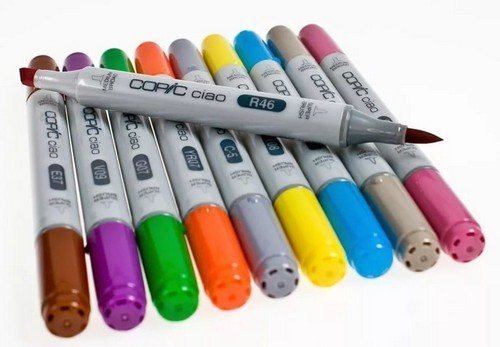
Cleaning felt-tip pens from different types of fabrics
All these methods apply only to cotton fabrics. Let's look at how to save your favorite things from other materials.
- Wool products. You can use dry mustard to clean woolen items.It should be mixed with water to the consistency of thick sour cream, then lubricate the stain and leave until completely dry. When the substance dries, it can be easily cleaned from the wool along with traces of the felt-tip pen. Then wash the fabric in the usual way or with an automatic machine using the delicate wash mode.
- Silk clothes. You can easily get rid of stains on silk clothes using turpentine. To do this, apply a small amount of the product to a cotton swab and carefully lubricate the affected area from the edges to the middle. When the stain begins to lose its color, wash the fabric in slightly warmed water using laundry soap and rinse in several waters.
- Satin things. You can save your favorite satin clothes using vinegar, borax, lemon juice and milk. Mix all ingredients in equal quantities, lubricate the contaminated area with the resulting slurry. After half an hour, carefully blot the stain with a clean cotton pad or napkin, and rinse the clothes thoroughly.
- White fabric. To clean such clothes, a regular stain remover will do. All clothes are completely soaked for several hours and rinsed in several waters.
- Colored fabric. Clothes made of colored fabric can be saved using technical alcohol and glycerin. To do this, mix the components in a two to one ratio and apply tightly to the fabric. After half an hour, scrub the stain vigorously with a brush and wash the clothes as usual.
- Velvet products. To save things from velvet you will need orange, tangerine or lemon juice. These fruits are distinguished by the content of substances that easily break down paint. Simply pour the squeezed juice over the area contaminated with the felt-tip pen and leave it in that state for some time.Afterwards, the fabric should be rinsed.
- Jeans. Nail polish remover or acetone will help you deal with felt-tip pen on jeans. To do this, apply a small amount of liquid to the contaminated surface, then immediately blot it with a napkin to avoid increasing the stain. After this, wash at 90 degrees.


